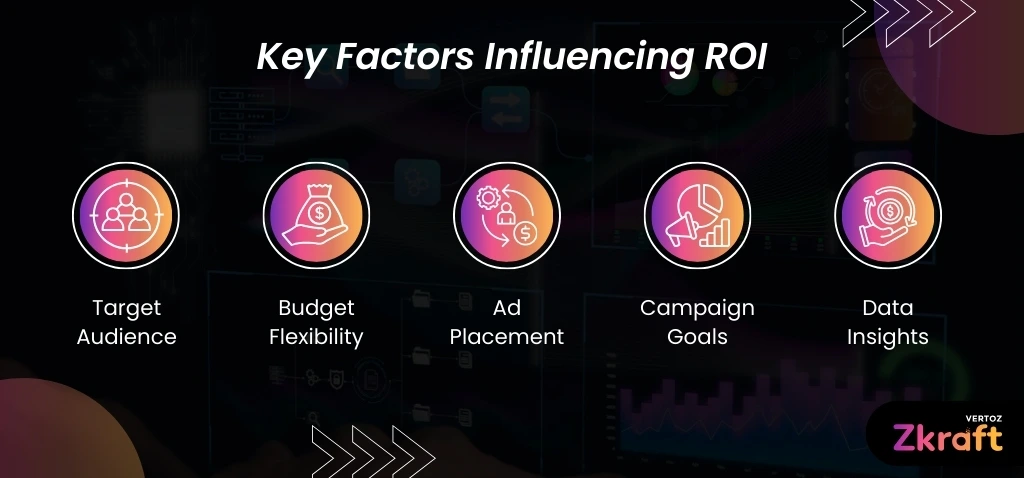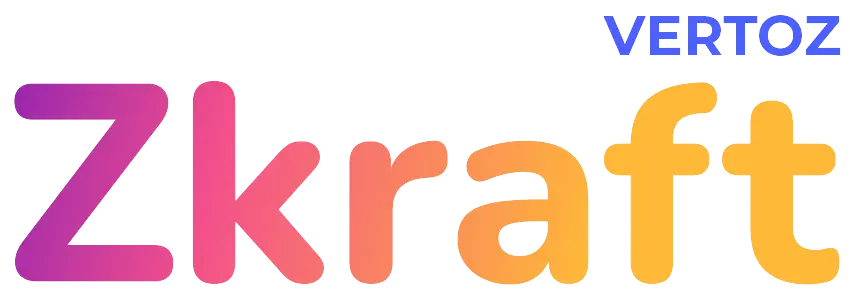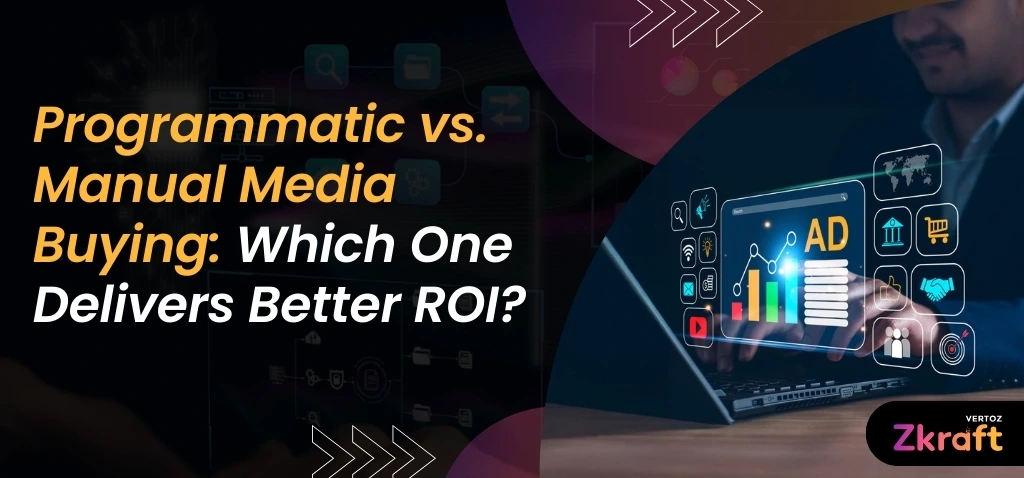In the ever-changing landscape of digital advertising, brands are constantly looking for the most efficient approach to maximize their advertising budgets and achieve a higher return on investment. Programmatic media buying and Manual media buying rule this area with two main approaches. Although every approach has its benefits, which one actually yields more? At Zkraft, we negotiate advertising buying complexity to create data-driven plans guaranteeing the best campaign results.
Understanding Manual Media Buying
Traditional manual media buying involves direct negotiations with publishers to secure ad placements. It relies on human expertise and established industry relationships to select platforms that align with brand objectives.
- Direct Relationships: Establishing partnerships with publishers for exclusive inventory and negotiated deals.
- Negotiation Control: Brands can customize placements, pricing, and ad formats based on their needs.
- Human Judgment: Campaigns benefit from experience-driven decision-making rather than automation.
- Premium Placements: Ensures access to high-traffic, brand-safe environments for better visibility.
While manual buying offers a high level of control, it can be time-consuming, less scalable, and dependent on human judgment.
The Rise of Programmatic Media Buying
Programmatic advertising revolutionized media buying by introducing automation, real-time bidding (RTB), and AI-driven decision-making. This data-powered method helps companies reach exactly targeted customers across several media. Artificial intelligence automates media buying, eliminating human procedures and streamlining campaign execution.
Employing real-time bidding (RTB), advertisers can engage in live auctions, therefore guaranteeing the finest ad spots at the best rates. Data-driven targeting enables companies to select audiences based on demographics, interests, and activity patterns, ensuring the delivery of ads to the right individuals. By extending reach across multiple ad exchanges, DSPs, and SSPs, data-driven targeting improves scalability and gives companies access to a larger audience. Programmatic media buying also maximizes ad expenditure using performance analytics, therefore lowering waste and increasing cost-efficiency.
Key Factors Influencing ROI
Deciding between manual vs. programmatic buying depends on several factors, each impacting campaign performance and return on investment.

- Target Audience :
Programmatic: Broad & data-driven targeting
Manual: Niche premium placements - Campaign Goals :
Programmatic: Boosts performance-driven campaigns
Manual: Suits brand-building & exclusivity - Budget Flexibility :
Programmatic: Real-time budget adjustments
Manual: Predictable, fixed-cost commitments - Data Insights :
Programmatic: Relies on AI-driven data
Manual: Relies on publisher relationships - Ad Placement :
Programmatic: Accesses broader networks
Manual: Provides premium inventory
Which Delivers Better ROI?
Both approaches have their advantages, but programmatic advertising is often the better choice for brands focused on performance marketing, efficiency, and scalability.
Advantages of Programmatic for ROI:
- Enhanced Targeting: AI-driven insights improve ad relevance and conversion rates.
- Real-Time Optimization: Ad spend adjusts dynamically based on live campaign performance.
- Increased Efficiency: Automation reduces manual workload, cutting down on operational expenses.
- Transparent Reporting: Detailed analytics provide granular insights into impressions, clicks, and conversions.
Advantages of Manual Buying for ROI:
- Exclusive Premium Placements: Access to handpicked, high-quality inventory on reputable sites.
- Stronger Publisher Relationships: Direct negotiation can lead to customized deals and brand partnerships.
- Greater Contextual Control: Ensures brand safety and alignment with high-value content.
The Hybrid Approach
For many businesses, a hybrid approach that combines programmatic efficiency with manual precision offers the best ROI. This strategy leverages automation for scale while maintaining control over premium placements. At Zkraft, we tailor media buying strategy to fit each brand’s unique goals, ensuring maximum return on investment.
Brands that change to fit smarter, data-driven media buying strategies will stay ahead of the curve and see steady digital expansion as digital advertising develops.

